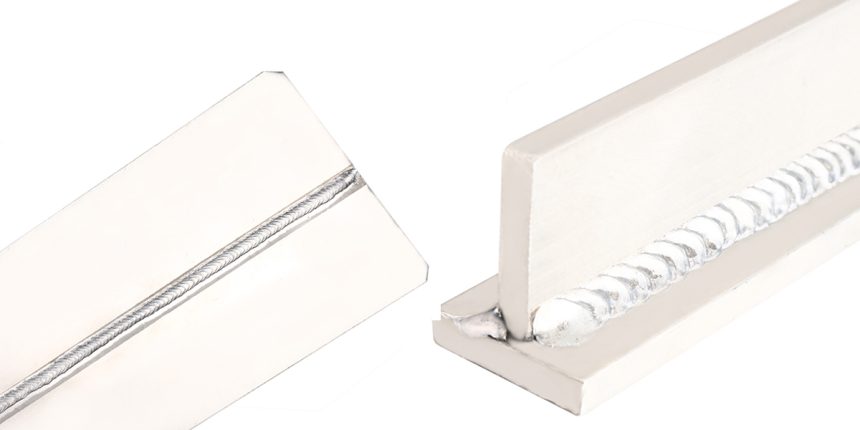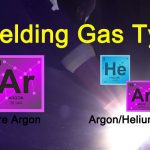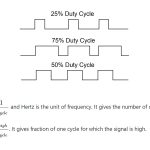Welcome to our comprehensive guide on MIG welding for aluminum. If you’re looking to master the art of welding aluminum, understanding the correct polarity for MIG welding is crucial. In this article, we’ll delve into the specifics of MIG welding polarity for aluminum and provide you with valuable insights to help you achieve exceptional welding results. Let’s dive in!
MIG Welding Basics
Before we discuss the polarity of welding aluminum, let’s quickly cover the fundamentals of MIG welding. MIG stands for Metal Inert Gas, which is a welding process that uses a consumable wire electrode to join two metal pieces together. This technique offers several advantages, such as high welding speed, ease of use, and excellent control over the welding process.
Understanding Polarity in MIG Welding
In MIG welding, polarity refers to the direction the electrical current flows through the welding circuit. Two types of polarities are commonly used in MIG welding: direct current electrode negative (DCEN) and direct current electrode positive (DCEP).
DCEN (Direct Current Electrode Negative)
DCEN, also known as straight polarity, is the most commonly used polarity for MIG welding aluminum. In this setup, the negative terminal of the power source connects to the welding gun’s electrode, while the positive terminal connects to the workpiece. This polarity configuration offers several benefits when welding aluminum.
When using DCEN, the heat generated at the electrode is higher than at the workpiece. This allows for deeper penetration and better control over the weld pool. Additionally, DCEN polarity helps reduce the risk of tungsten inclusions and improves overall weld quality.
DCEP (Direct Current Electrode Positive)
DCEP, also referred to as reverse polarity, involves connecting the positive terminal of the power source to the welding gun’s electrode and the negative terminal to the workpiece. While DCEP is commonly used for welding steel and other materials, it is not the ideal choice for aluminum welding.
When DCEP is used for aluminum welding, it results in shallow penetration and a wider, flatter weld bead. This can make it challenging to achieve strong and aesthetically pleasing welds. Therefore, it’s best to avoid DCEP when welding aluminum.
Selecting the Right Polarity for Aluminum Welding
To achieve optimal results when MIG welding aluminum, it is highly recommended to use DCEN polarity. By utilizing DCEN, you’ll benefit from improved weld control, deeper penetration, and minimized chances of defects.
While the majority of MIG welding machines have DCEN as the default polarity setting, it’s essential to double-check your machine’s manual or consult with the manufacturer to ensure you have the correct polarity selected before starting your aluminum welding project.
Other Considerations for Successful Aluminum Welding
Apart from polarity, there are a few additional factors to consider for successful aluminum welding. Here are some key points to keep in mind:
- Cleanliness: Aluminum is prone to oxidation, so it’s crucial to clean the material before welding thoroughly. Use a stainless steel brush or a dedicated aluminum cleaning solution to remove any dirt, oil, or oxide layers.
- Wire Selection: When MIG welding aluminum, it’s essential to use aluminum-specific welding wire. These wires are designed with a specific alloy composition and a thicker, plastic liner to prevent wire feeding issues.
- Shielding Gas: Argon is the most commonly used shielding










